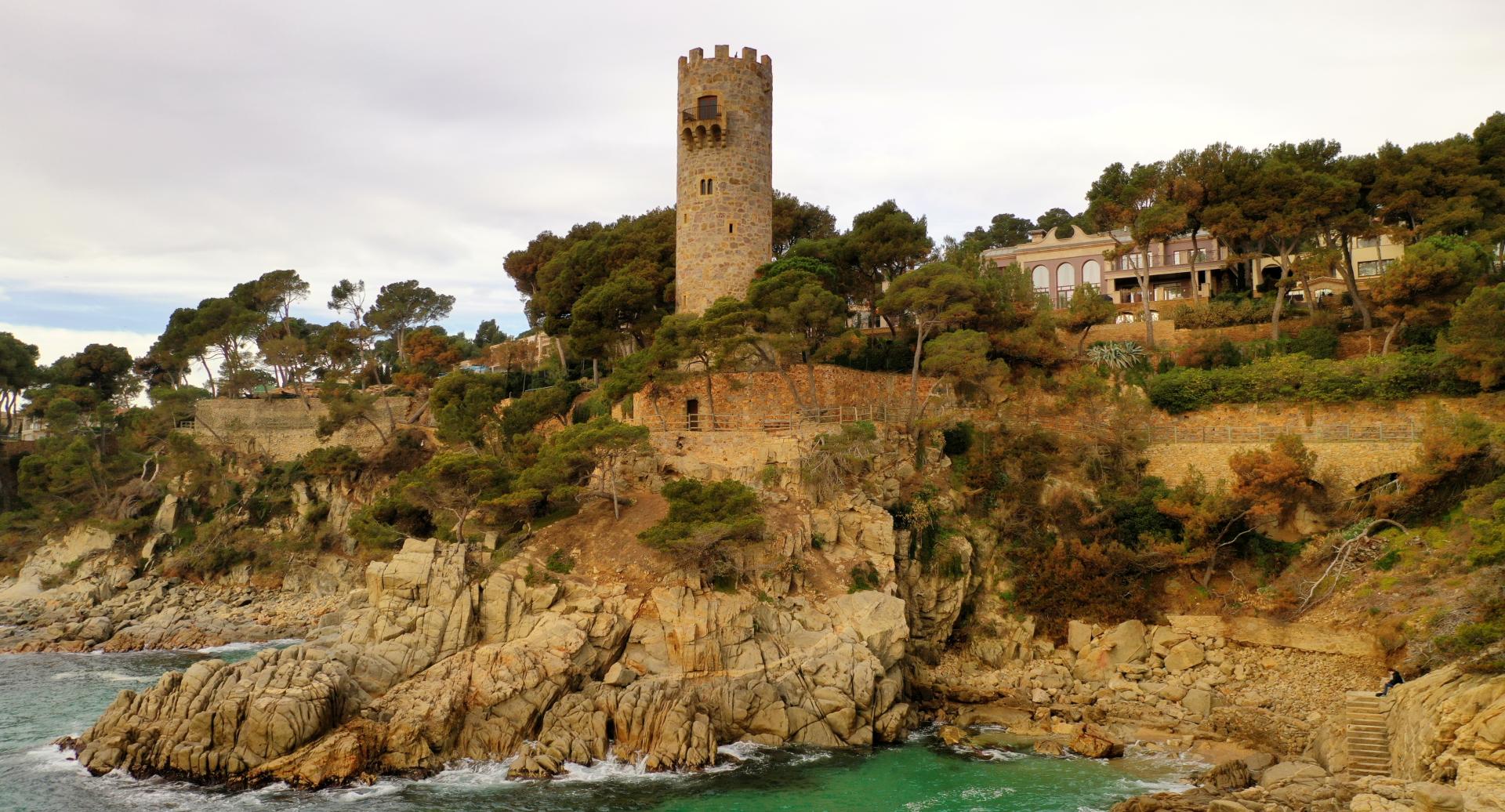

Step by Step. No hurries. Breathing deeply. Photographing the landscape. At your pace.
We propose numerous excursions around Calonge, following long-distance routes (GR), short-distance routes (PR) and local trails (SL). In addition, you can discover the coastal paths that border the coast and that allow you to discover the beaches and coves of the Costa Brava.
We offer you a variety of routes that will allow you to discover the natural beauty and historical heritage of the Calonge region. From gentle hikes around the hotel to more challenging trails in the nearby mountains, you'll find options for all levels and tastes. With the help of our local guides, you will be able to explore secret corners, get to know the native flora and fauna and enjoy spectacular panoramic views.
Get ready to walk and discover the treasures that this land offers us!
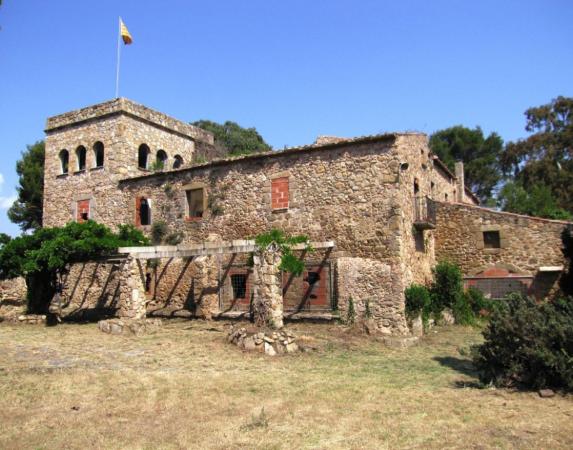
Data sheet:
The route that we propose to follow is an approach to the cultures that colonized our region of ancient times: the legacy of the Romans of Collet -located very close to the beach of Es Monestrí de Sant Antoni-, passing through the remains of the megalithic in Puigsesforques, the neighborhood of Sant Daniel, with centuries-old farmhouses and a peaceful walk through the fields of the Calonge plain until we return to our starting point.
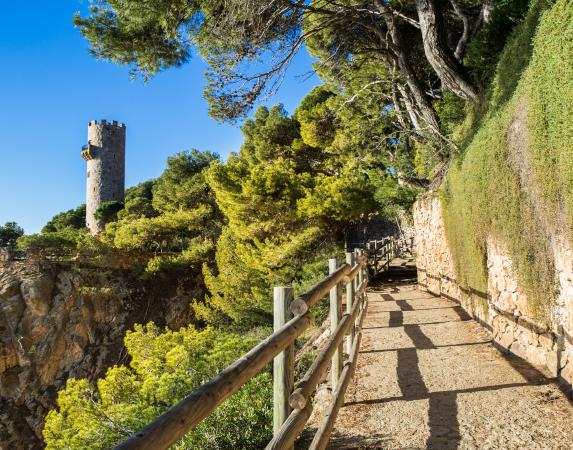
Data sheet:
In case we have to convince you: the itinerary begins next to the Torre Valentina, which is accessed by following the avenue of the same name or also from the Sant Antoni promenade. The section of the coastal path that we propose has no loss: it is linear and you do not have to take any exit to deviate from the path that runs peacefully next to the sea. Undoubtedly, this path leads us to discover one of the wildest and most photogenic parts of our municipality. Watch an interesting YouTube video .
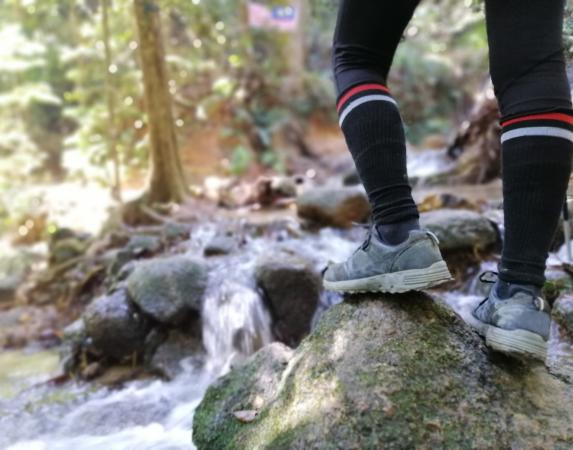
Data sheet:
The proposed itinerary begins next to the remains of the Colgado de Calonge bridge and ends at the Lluís mill, always going up the course of the stream as close to it as possible. Along the way we will learn the importance of the water that, with its power, has made the various flour mills work. Although we will be able to identify several elements that they used when they worked: irrigation, dams, rafts.
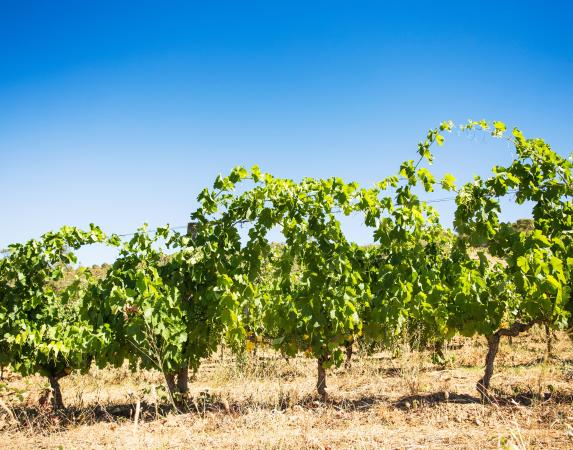
Data sheet:
By bicycle or on foot, the route that we propose has a particular charm: the charm of stepping on a territory transformed and maintained by the hand of man, with small-scale agriculture, which lasted despite the onslaught of phylloxera on the vineyard at the end of the 19th century, where cuts of forest and streams and streams that cross it coexist.
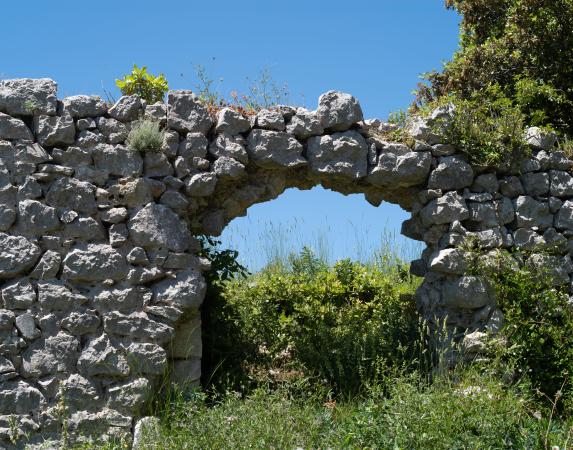
Data sheet:
The route that we propose runs through the Creu massif and along the limits with the Ruas valley. Along the way we will be able to see sites that have formed part of different human settlements throughout the history of Calonge: from the Iberian town of Castellbarri to the caves, dolmens and paradolmens that undermine the slopes of the Ruas valley, indicative of the presence of man during prehistory.